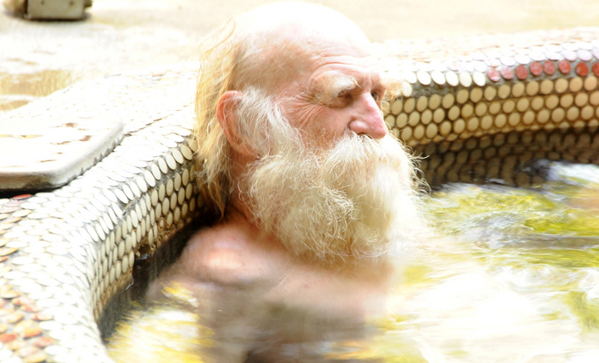If you’ve ever wondered why your girlfriend needs someone else to scrub and moisturize her feet, book yourself a pedicure — you just might be converted. (Nail colour is optional.) Just as guys are discovering the benefits of this and other aesthetic services, more spas and salons are offering them to male clients. Before you go under the tanning lamps, though, consider the following practical points regarding spa safety. Your best bet: Always select a salon that seems almost fetishistic about cleanliness.
Manicures and Pedicures
Manis and pedis can be relaxing, indulgent experiences, once you get over the weirdness of having a stranger file your nails and slough your calluses.
The main hazard is bacteria on grooming instruments such as cutters and nippers, says Daniel Rodrigues, owner of METROsexual — The Spa for Men, in Toronto. Salons must follow provincial regulations regarding disinfection. Ontario’s Ministry of Health, for example, mandates soaking instruments in a sterilizing solution.
Footbaths should be disinfected between clients. It’s better if the footbath bowl isn’t the type with jets that circulate water; those are difficult to clean thoroughly.
If you have foot issues such as warts or fungus, apprise the staff so that they can take appropriate precautions (most reputable salons will ask you to fill out a questionnaire at your first visit).
Cuticles should be pushed back and buffed gently rather than trimmed, to help prevent infection.
Shaves
The old-school straight-blade shave has evolved: Salons shouldn’t use the traditional blades with leather straps, as leather is porous and could harbour bacteria or viruses. “We use disposal blades for a one-time use. The blade is always presented to the client so they see it coming out of the wrapper, and is disposed in an appropriate biohazard container,” says Rodrigues, adding that combs and clippers also get a sterilizing soak.
Waxing
There’s already an implied pain factor with waxing, so the last thing you want is a side order of tender, throbbing bacterial infection. Your aesthetician should wear disposable gloves and use a disposable stick to apply the wax (no double dipping), then watch carefully for any bleeding after hairs are pulled. This isn’t uncommon with men’s hair, since the follicles can be relatively thick (Rodrigues likens the process to uprooting trees). “Sometimes the skin breaks and you bleed,” he says. If the aesthetician mistakenly double dips or notices bleeding after continuing with hair removal, the pot of wax should be thrown out after the waxing session is over.
Facials and Back Facials
Facial treatments should help keep your skin clear, hydrated and youthful-looking — not add bacteria. The aesthetician should wash her hands before touching your skin. For extractions (clearing out zits and blackheads), she should bust out a brand-new pair of sterile gloves to avoid contact with the gunk that comes out of your skin.
To neutralize acne-causing bacteria on the skin after extractions are complete, the aesthetician may use a “high frequency” tool with a glass probe; ask if the probe has been disinfected since last use.
Tooth Whitening
Heeding the demand for bright, pearly smiles, more spas are offering tooth whitening. Each client gets a new whitening kit, including the moulds that go in your mouth — the staff should open it in front of you. They should also wear sterile gloves during your treatment.
Tanning Beds
Sorry, fellas: There’s no such thing as a “healthy tan.” Tanning lamps emit ultraviolet rays, which cause skin damage and increase your chances of developing skin cancer. According to the Canadian Cancer Society, it’s the most common type of cancer…but also the most preventable. If you’re craving a Miami Beach glow, do yourself a favour and go faux.
——————–
Image courtesy of Wonderlane.


